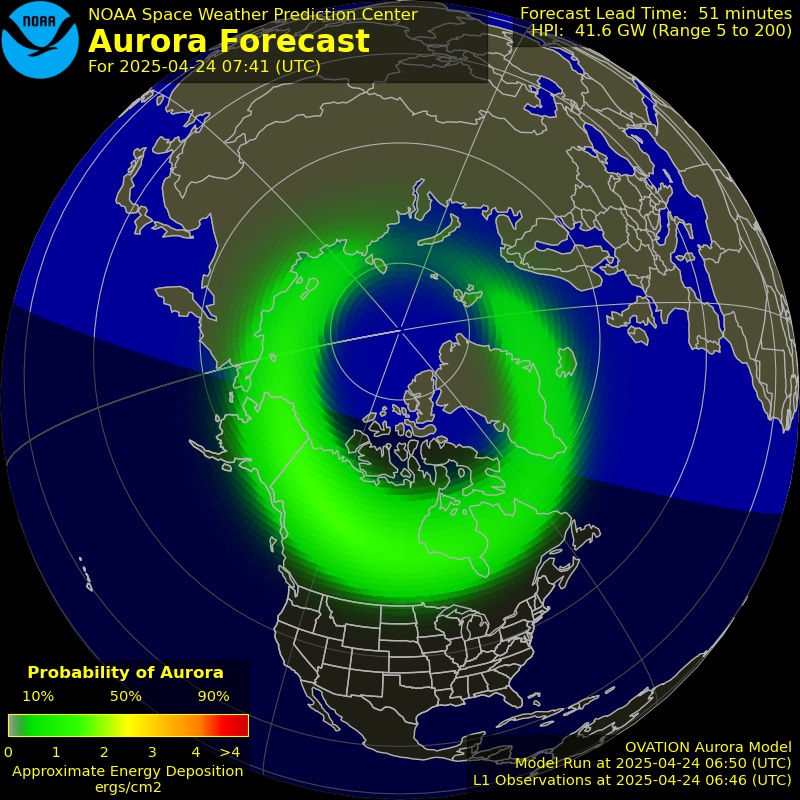Winter Hazard Awareness Week: Winter Storms
Nov 13, 2022 02:36PM ● By Editor
To help Minnesota residents minimize the risks of winter, the Minnesota Department of Public Safety, in collaboration with the National Weather Service and other state, federal, and non-profit agencies, sponsors Winter Hazard Awareness Week each fall.
The event includes a media campaign, website promotion and social media posts. The week-long effort provides specific information each day that can be used in conjunction with school, church, or civic programs.
WINTER STORMS AND WEATHER Winter is the signature season of Minnesota. It's normally a long season of cold temperatures and snow and ice that can last from November through April. Winter doesn’t slow Minnesotans down. We are just as mobile, social and active during the winter as we are during the summer months. But in order to ensure a safe and enjoyable winter, it is critical to be informed and aware of the potential risks and hazards associated with winter weather and how to avoid them. The topics below describe some of the more common features of winter weather, including warnings and alerts and resources for more information. Winter Storms: How Winter Storms Form There are many ways for winter storms to form; however, all have three key components.
Fact Sheet: How Winter Storms Form Warnings and Alerts: Keeping Ahead of the Storm Minnesotans should listen to a NOAA Weather Radio, commercial radio and television for the latest winter storm warnings, watches and advisories. The National Weather Service issues outlooks, watches, warnings and advisories for all winter weather hazards. Here’s what they mean and what to do.
The National Weather Service wants to ensure Minnesotans are aware of and prepared for the variety of winter weather we experience. That is why it simplified its winter weather messaging in 2017. Fact Sheet: NWS- Hazard Simplification Project Extreme cold At some point every winter, temperatures in Minnesota drop below zero. Adding even a small wind can drive the wind chill effect down to dangerous levels for anyone exposed to it for very long. The best way to avoid any danger is to stay indoors, but if you do feel the need to venture outdoors, make sure to take proper precautions and know how to spot the signs of frostbite and hypothermia. Cold Weather SafetyWind Chill NWS Wind Chill Chart Heavy Snow and Ice Heavy snow can immobilize a region: stranding commuters, closing airports, stopping the flow of supplies, and disrupting emergency and medical services. Accumulations of snow can cause roofs to collapse and knock down trees and power lines. Homes and farms may be isolated for days and unprotected livestock may be lost. The cost of snow removal, repairing damages, and the loss of business can have severe economic impacts on cities and towns. | |

